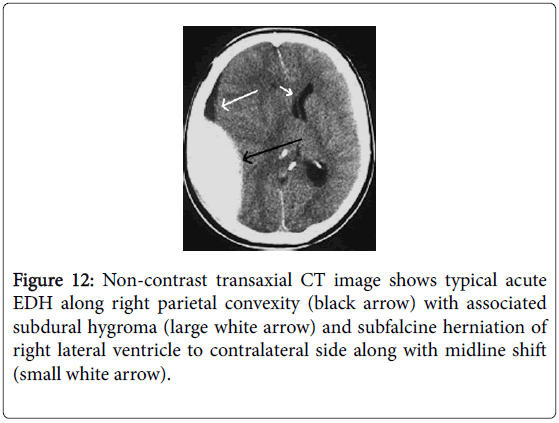

One patient had difficulty with self lens insertion.

Seven patients did not order PROSE: reasons were - no perceived improvement in visual acuity (n=2), wanted to decide (n=2), continued glasses (n=1) and continued RGP contact lens (n=1). Three patients had hydrops over follow-up two patients underwent keratoplasty and one was managed conservatively with steroids and hyperosmotic agents. The FSE ordered was 0.6 in 17 eyes, 0.3 in one eye and 0.8 in two eyes. LogMAR Visual acuity improved significantly from 0.45☐.31 pre-PROSE to 0.05☐.08 post-PROSE (p=0.0001). The indications for scleral lens were lens popping-out, failure of piggy-back contact lens and RGP failure. Location of PMD was inferior in fourteen and superior in two eyes. PROSE was dispensed to 12 patients (20 eyes) out of 19 patients having PMD. Complications with PROSE wear to follow-up were noted. Snellen visual acuity before and with PROSE wear was noted. Scleral lenses with different front surface eccentricities (FSE) were tried for improvement of visual acuity.
ICD 10 PELLUCID MARGINAL DEGENERATION TRIAL
This is a single-center, retrospective case-series involving patients with clinical PMD who underwent scleral lens-PROSE trial for improvement of visual acuity, from January 2009 to December 2012 at a tertiary center in India. To assess visual improvement with scleral lenses (PROSE, prosthetic replacement of the ocular surface ecosystem, Boston Foundation for Sightight, USA) in patients with Pellucid marginal degeneration (PMD). At the moment, there is no unanimity with regards to the optimum surgical treatment of PMD and larger prospective studies will be required to form a more robust algorithm for the surgical approach of PMD individuals whose vision cannot be corrected with spectacles or contact lenses. To date, there are no large prospective interventional studies to elucidate the optimum surgical approach for advanced PMD, only case reports or case series.Ĭonclusion: Eye care practitioners need to be aware of the clinical and topographic findings of this disease, since laser refractive surgery is a contraindication. Management of PMD includes the use of contact lenses, spectacles and a wide range of surgical techniques with variable results. PMD patients are at risk of corneal perforation after minimal ocular trauma or even spontaneously. It mainly affects the inferior cornea and induces against the rule irregular corneal astigmatism. Results: PMD is a rare ectatic disorder of the cornea that may resemble keratoconus especially at the early stages. Materials and Methods: Literature review via PubMed, Mendeley, Scopus and Google Scholar. Purpose: To describe the clinical features of Pellucid Marginal Degeneration (PMD) and to give an overview of current treatment options.


 0 kommentar(er)
0 kommentar(er)
